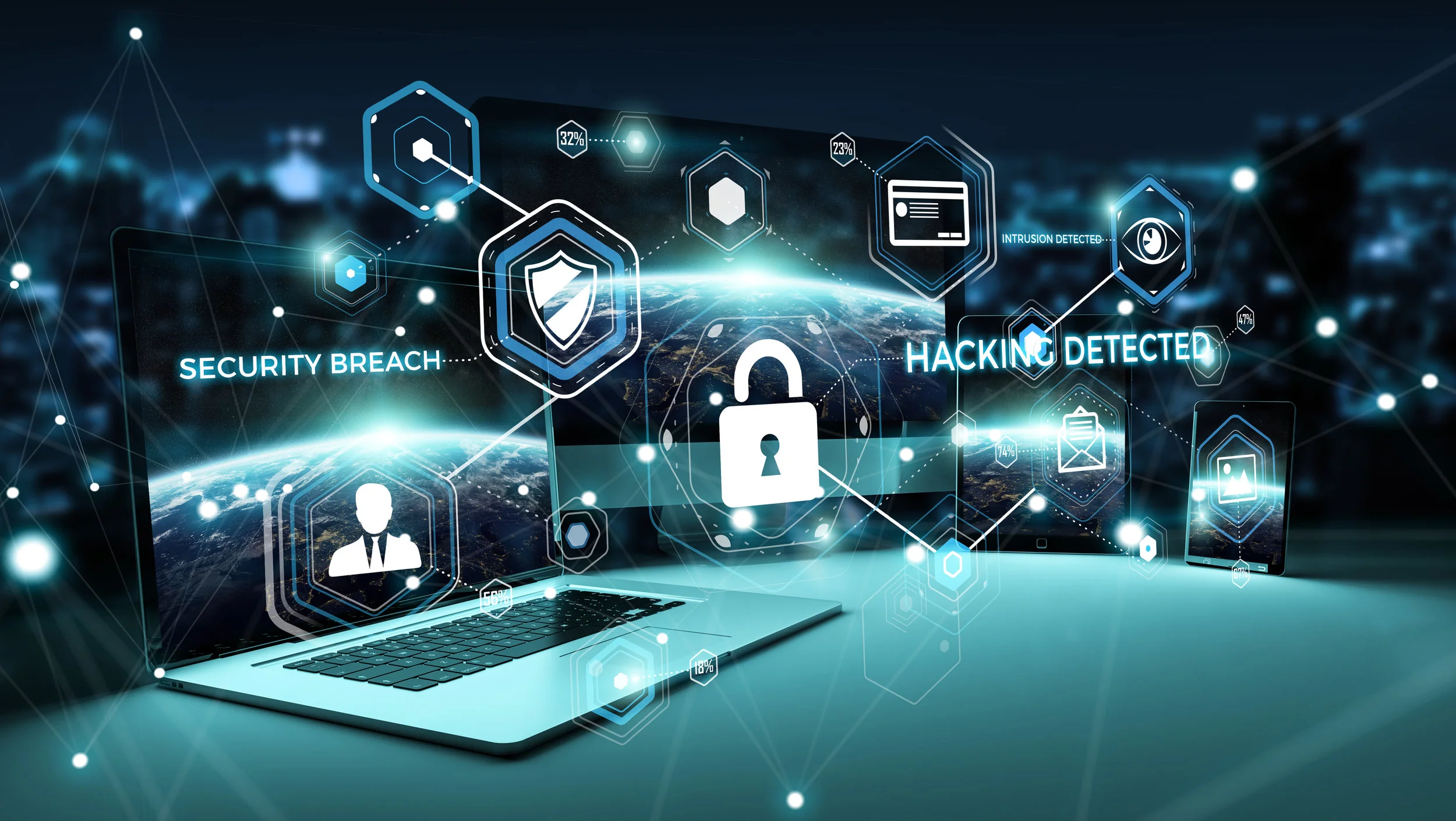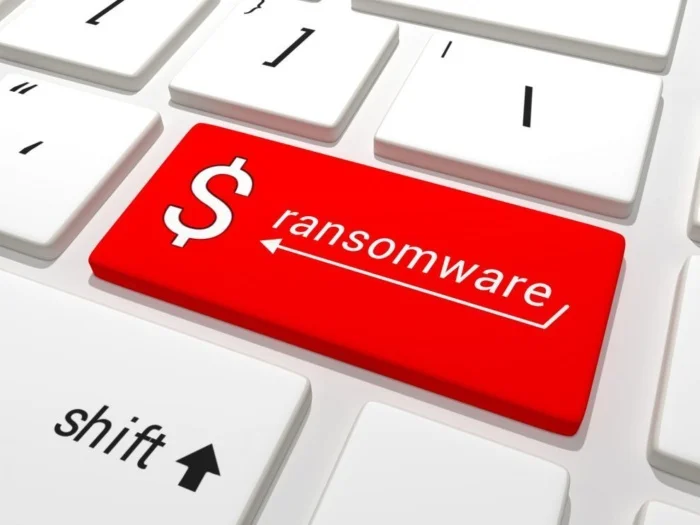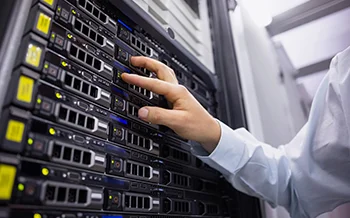Does a SMB need a Network Firewall?
Many times when working with new SMB's and reviewing their network infrastructure, we will ask "Do you have a firewall" and sometimes the answer is "I don’t think so” “Do I need one”. After investigating, we see the router, and then the discussion begins, ISP Router firewall, software firewall and hardware firewall capabilities..
It's important to use at least one type of a firewall , whether hardware, software or a combination of both. Firewalls are important components that help protect the organization from unauthorized access to its systems. There are other security measures, like anti-virus software, encryption and intrusion detection/prevention systems, that help combat a variety of threats.
However, a firewall is the “first line of defense” because it can be used to secure access to the network and to stop malicious attacks. A firewall that is designed and operated with security in mind will help prevent attacks from occurring by restricting certain types of traffic that could result in unauthorized access.
Simply, a firewall (selective) allows traffic based on selected criteria such as source or destination IP addresses, for instance. A firewall (non-selective) denies all traffic not in the log of approved applications.
So to answer the question: Yes, as a best practice for network security and data protection a firewall is recommend for all SMBs.
With cyberattacks and data breaches increasing at an alarming rate, without firewall security, it will leave your business vulnerable to a cyberattack.
SMB Cybersecurity & Ransomware
SMB Cybersecurity & Ransomware
Small Businesses today are challenged with investing in network security and keeping up with technology with limited resources and budgets. Ransomware is a type of malware that encrypts files on a targeted computer and demands payment in exchange for unlocking them. Here are the top three steps SMBs can take to protect themselves from Ransomware:
- Backup your data regularly and test restores to ensure the backups are working properly,
- Avoid using administrative privileges on their company computers to avoid becoming a ransomware victim, and
- Implement an antivirus program with an automatic update.
1. There is no such thing as 100% cybersecurity protection. It is important to have up-to-date antivirus protection and not allow admin access to the company computer.
2. It is important to ensure that all employees are educated on the dangers of Ransomware and have a plan in place for how they will respond if a computer is infected with ransomware as employees can cause more damage than any malicious software.
3. It is important to have an audit process in place for all employees to ensure they are not downloading malware or ransomware onto their computers.
4. It is important to stay vigilant on the threat of Ransomware and keep working with your IT provider prior to any attacks happening. Ransomware is still a very real threat that could affect your company and compromise data.
U.S. Small Business Administration recommends the following best practices, For education and cyber-prevention
Establish security practices and policies to protect sensitive information
Educate employees about cyberthreats and hold them accountable
Require employees to use strong passwords and to change them often
Employ best practices on payment cards
Make backup copies of important business data and information
Create a mobile device action plan
Protect all pages on your public-facing websites, not just the checkout and sign-up pages
The survey also found:
65 percent of business owners admit they have been victim of a cyberattack; computer virus attacks are the top type of attack reported at 33 percent, phishing is number two at 29 percent.
86 percent of business owners believe that digital risk will continue to grow.
30 percent of companies with 11-50 employees do not provide any type of formal training on cybersecurity.
Despite the simplicity of regularly updating software, seven percent of companies still fail to take that step.
Reputational risk is among the top reasons (45 percent) why business owners would consider investing in or purchasing a cybersecurity policy.
35 percent of business owners who have never experienced a cyberattack are unaware of the financial cost to recover, highlighting a dangerous gap in knowledge from the implications.
Website Browsing Best Practices for Employees
As for Web-based exploits, Internet websites are now the most commonly-used angles of attack, most often targeting software vulnerabilities or using exploits on the receiving client. This makes keeping up-to-date browsers paramount for all employees.
Website Browsing Best Practices for Employees
• Be conservative with online downloads.
• Beware antivirus scams.
• Interact only with well-known, reputable websites.
• Confirm each site is the genuine site and not a fraudulent site.
• Determine if the site utilizes SSL (Secure Sockets Layer}
SSL is a security technology for establishing encrypted links between Web servers and browsers.
• Don’t click links in emails—go to sites directly.
• Use social media best practices.









